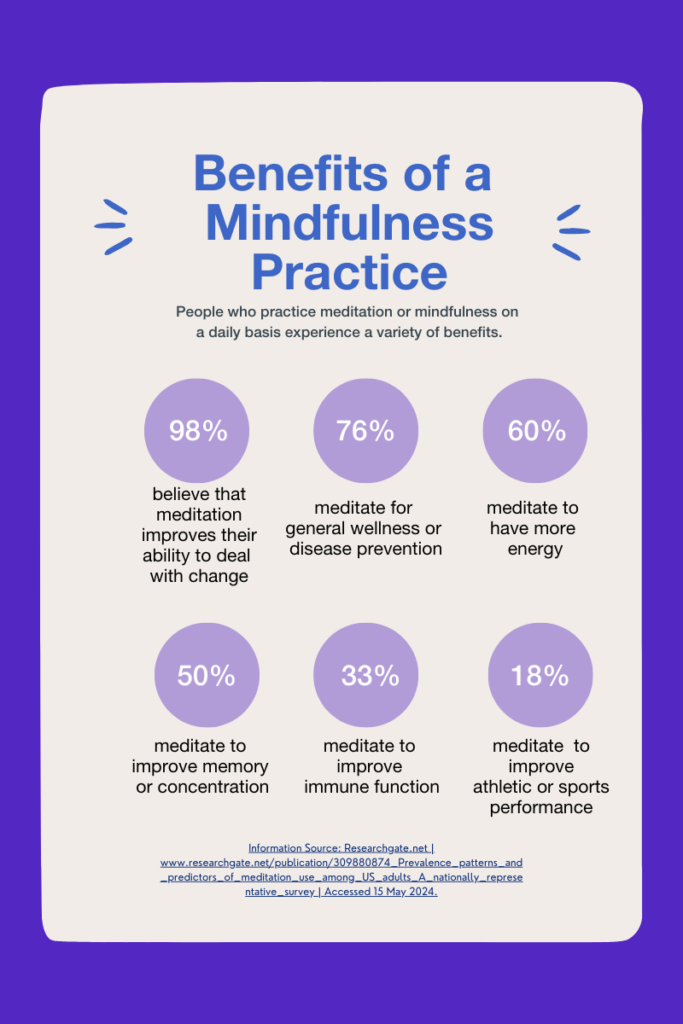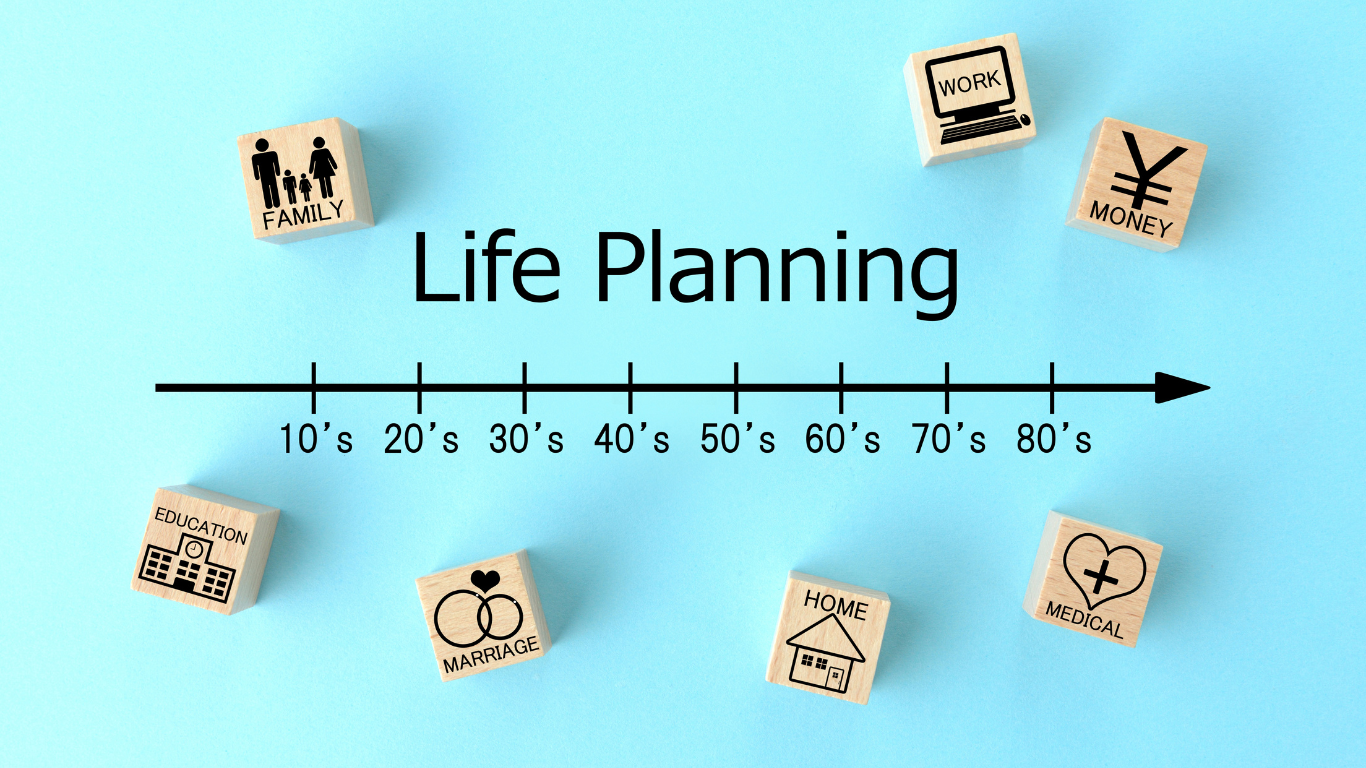
Transitions in life are tightrope walking experiences between the familiar and the unknown, where uncertainty lurks at every step. Whether it’s a career change, a move to a new city, or a relationship shift, navigating these transitions requires focus, courage, and resilience. Yet imagine the difference when aided by a guiding light. Enter mindfulness.
Mindfulness is the practice of being fully present and engaged at the moment and it offers a powerful tool for navigating life’s transitions with grace and clarity. It’s about cultivating a deep awareness of our thoughts, emotions, and physical sensations, without judgment or attachment to the past or future. In essence, this practice provides a steady anchor when the storms of change arise, allowing us to navigate transitions with greater ease and flexibility.
Focusing on the present moment helps us embrace the beauty and richness of each experience, even when faced with uncertainty. It invites us to observe our thoughts and emotions with curiosity and compassion, rather than getting swept away by them. In doing so, a mindfulness practice fosters a sense of inner peace and acceptance, enabling us to move through transitions that may lack clarity and sanctuary.
We’ll explore how mindfulness serves as a guiding force in navigating life’s transitions. From practical tools and exercises to inspiring stories of personal transformation, we’ll uncover the profound impact of mindfulness on our journey through change. And you will begin to better understand how mindfulness addresses our overall wellness as we learn about the benefits of developing this invaluable practice.
Keep reading to learn about Cultivating Awareness










